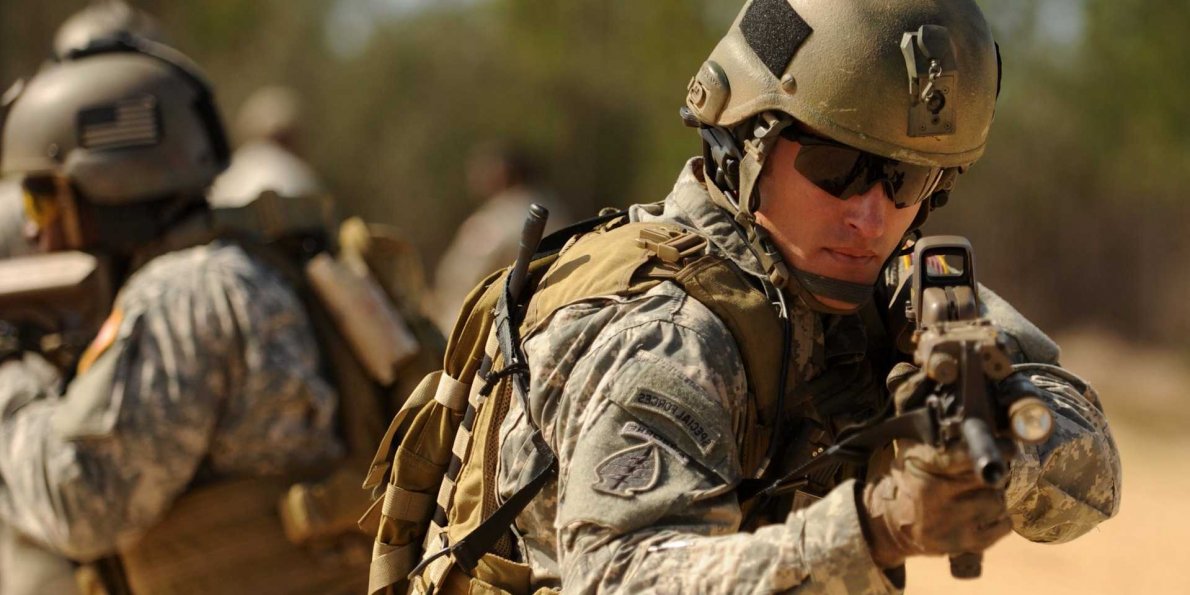The US has augmented the already 500 Special Operations forces in Syria with 400 conventional troops. Reports were filtering down that a Marine Corps artillery unit and an Army Stryker unit have been sent to Syria in advance of the anticipated battle to free the major town of Raqqa.
Army General Joseph Votel, Commander of the US Central Command told the Senate Armed Services Committee that the need for more conventional troops may increase for later stability operations.
Sen. John McCain R – Arizona pushed Votel on questions that the US support for the Syrian Kurds, who the Turks consider terrorists could be a flashpoint in the upcoming battle where the different factions are working so closely together to remove ISIS.
What the Trump administration has done so far pretty much goes by the Obama administration’s playbook. I mean, their idea was the local provide the fighters, we provide the firepower, and that’s how we grab back territory from ISIS.
But the big question is, who are going to be the fighters who seize the town? And the most capable forces that the American military has found in the region is this YPG Kurdish militia. They’re the ones that have the most experience fighting. They’re the ones that played the key role in taking back Manbij.
They’re the force that the American military is counting on to be a component, not the majority of the force, that takes Raqqa, but a key component of the assault force.
The problem is, Turkey considers them to be terrorists, and they have sort of drawn a red line at arming the YPG. But, unless we arm the YPG, they’re in no position to help out in the Raqqa assault. And that’s pretty much where things stand at this point.
Defense Secretary Jim Mattis has given President Trump the Defense Dept. plans on defeating ISIS in both Syria and Iraq. Trump pledged to swiftly eradicate ISIS from both countries. Troop strength in Syria was capped by former President Obama in an attempt to keep the US from escalating into another conflict after the last eight-plus years in Iraq.
To read the PBS News entire article click here:
Photo courtesy of DOD
